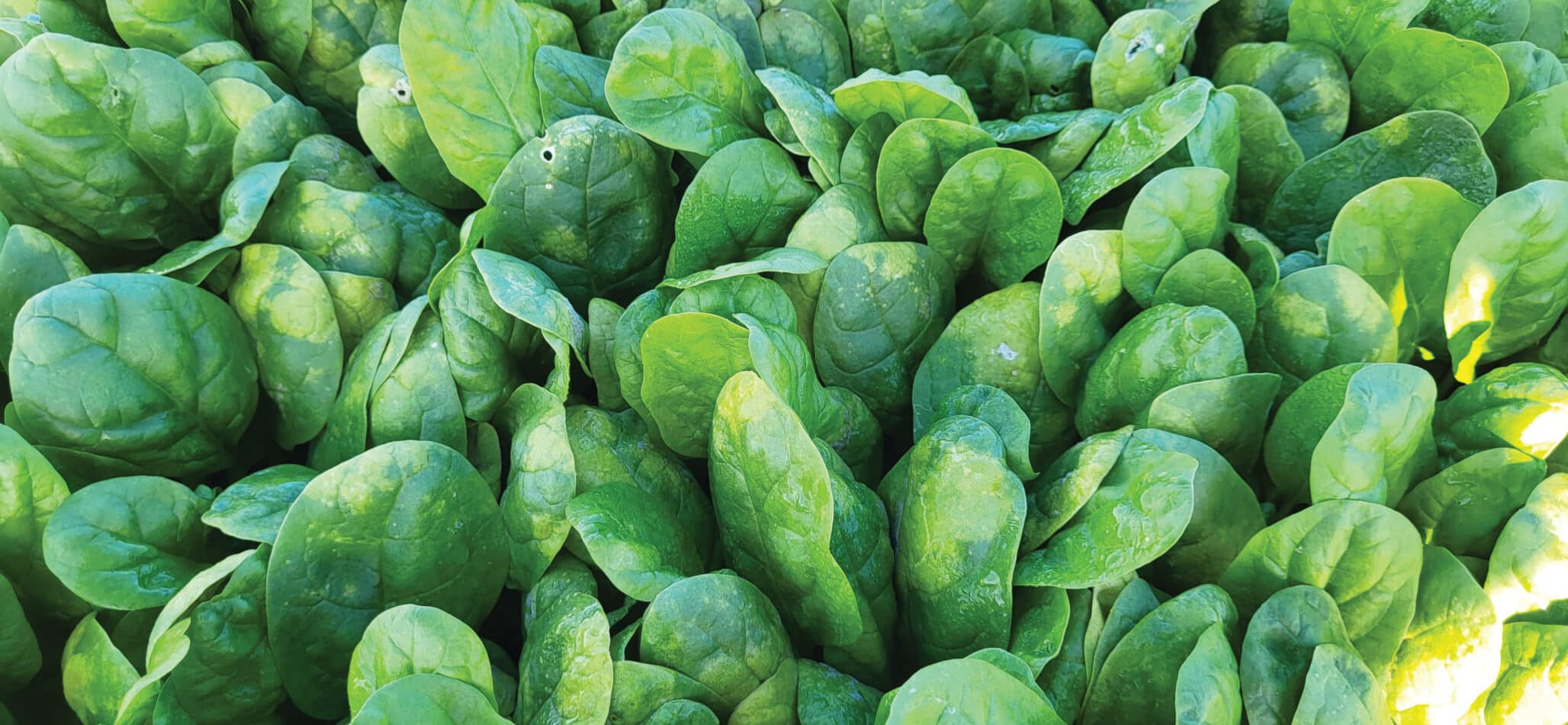Mea culpa. I plead guilty to the crime I often accuse others of committing, namely not checking facts properly! Curiously, I would not have discovered my error had I not been doing some proper fact checking about claims that a nutritional supplement derived from the root of the maca plant can increase libido and alleviate menopausal problems.
While looking into this, I came across an ad from Popeye’s, a sports-nutrition company that sells maca extract. As I searched the web for info about this supplier, I came upon an article by criminologist Dr. Mike Sutton: “Spinach, Iron and Popeye — Ironic lessons from biochemistry and history on the importance of healthy eating, healthy scepticism and adequate citation.” I was immediately intrigued, given I had once written an article in which I discussed how cartoonist Elzie Sagar attributed the strength Popeye needed to rescue his beloved Olive Oyl from the clutches of the dastardly Bluto to the high iron content of spinach. I described that Sagar had actually overstated the vegetable’s iron content, because of a mistake in the scientific literature. Apparently, a German researcher in the late 19th century had placed a decimal point in the wrong place, ascribing to spinach a ten-fold greater iron content than was actually present. I proceeded to relate how Popeye’s fondness for spinach led to a huge increase in sales that resulted in statues honouring the sailor man being erected in spinach-growing areas, to commemorate his prodigious consumption of the vegetable. And I pointed out that it all was because of an error in the placement of a decimal point.

Alas, the error was mine. There was never any decimal-point mistake, Popeye was not responsible for a dramatic increase in spinach sales; and most strikingly, Elzie Sagar had never claimed that Popeye’s strength was due to iron in spinach! Where did I get my story? I had done my research, just not well enough. My first stop had been an article published in 1977 by Professor Arnold E. Bender, a man who was no slouch when it came to nutritional research. Bender was head of nutrition and dietetics at Queen Elizabeth College in England and had authored more than 150 research publications and 14 texts. His book Health or Hoax: The Truth About Health Foods and Diets is a classic. In the article I consulted, Bender described the determination of the iron content of spinach by Dr. E. von Wolff, in 1870, and how a subsequent analysis in 1937 by Professor Schupan had found that spinach contained no more iron than any other leafy vegetable. In fact, only one-tenth the amount von Wolff reported. “The fame of spinach appears to have been based on a misplaced decimal point,” Bender concluded, as it turns out, without any evidence. Given the author’s stellar reputation, I saw no need to delve further into the matter, especially when a 1981 article in the British Medical Journal by haematologist Dr. T. J. Hamblin apparently confirmed the story. Hamblin’s theme was how “frauds, hoaxes, fakes, and widely popularized mistakes run through the history of science and medicine.” He explained that linking Popeye’s superhuman strength to spinach was due to a decimal-point error and how, because of this error, Popeye had single-handedly raised the consumption of spinach by 33 per cent. He concluded that as far as iron intake went, Popeye would have been better off chewing on the cans the spinach came in. That, he may actually have been right about. Ironically, as Dr. Sutton’s meticulous research shows, Hamblin was perpetuating both the myth of the decimal-point error and the belief that Popeye guzzled spinach for its iron content.
Sutton did a remarkable job tracing the confused story of Popeye’s link with spinach. He did what all good scientists should do: he checked the facts, if possible, by going to the original source. While there was no decimal-point error, the German chemists who determined the iron content of spinach in the late 1800s did make some mistakes. There may have been contamination of samples with iron from laboratory equipment, and there was also confusion about whether the iron they found referred to iron in fresh spinach, or in the dried variety. A cup of dried spinach would have much more iron, given that fresh spinach has a high water content. The fact, though, is that while early analysis may have overstated the iron content of spinach, nothing to do with any decimal-point error, the correct value was already well-known before Popeye was ever conceived. So, is spinach a good source of iron? Yes and no. A cup of cooked spinach contains about 6.5 mgs of iron, which is a fair amount, considering that an average person needs about eight milligrams a day. Premenstrual and pregnant women need 18 and 27 mgs, respectively. A cup of raw spinach has less than 1 mg because of the high water content. But there’s another issue: Spinach is high in oxalic acid, which inhibits iron absorption. Basically, spinach is not a great source of iron. And as far as iron providing extra energy goes, that would only be the case if weakness were due to iron-deficiency anaemia. Popeye, being a sailor, is unlikely to have suffered from such a deficiency given that seafood is an excellent source of “heme” iron, the most readily absorbed form. Now, for the real crime that Sutton uncovered. Elzie Sagar never made any mention of iron in connection with spinach. His first reference to spinach was in a 1932 strip that shows Popeye munching away and declaring that “spinach is full of vitamin A an’ tha’s what makes hoomans strong and hefty.” Sagar clearly attributed spinach’s value to Vitamin A, not iron. He erred a little here, since spinach contains no vitamin A, but it does indeed contain a good dose of beta carotene, which the body converts into vitamin A. (Interestingly, Vitamin A helps mobilize iron from its storage sites; so, a deficiency of Vitamin A limits the body’s ability to use stored iron, resulting in an “apparent” iron deficiency.) In summary, there was never a decimal-point error in the determination of the amount of iron in spinach. The vegetable is not a particularly great source of iron. And Popeye never claimed his strength came from iron in spinach.
The moral of the story?
Even when it comes to apparently trusted authorities, check the facts. And as far as claims about maca go, I’m going to do some very careful checking.











